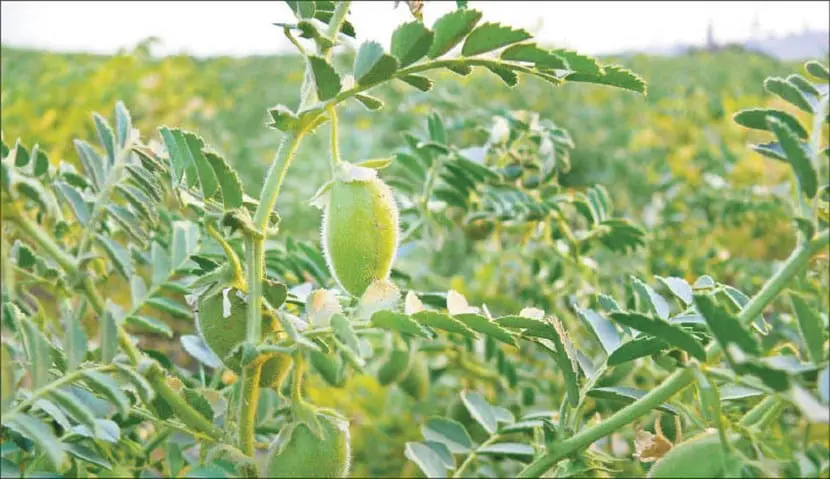Chickpeas have great nutritional qualities and that is why we thought of growing them in the garden. You can design many dishes with this healthy product, from stews and salads to the famous hummus, the chickpea paste originally from the Middle East.
To grow chickpeas you have to have a little space in the garden and know some generalities of the crop because then you will be able to offer everything that this plant needs.
Chickpea Needs
The scientific name of the chickpea is Cicer arietinu , it belongs to the Fabaceae family and is native to southwestern Turkey, although it later spread to other latitudes. About 40 species of chickpea are known, although, in general terms, we are talking about a plant that can reach a height of 60 cm and whose main parts are the roots, the stem, the leaves, the flowers and the fruits.
To grow chickpeas, a siliceous-clay or silt-clay soil is best, as well as aerated and deep but not very saline. The depth is due to the fact that the roots develop a lot.

The chickpea is resistant to drought and that is why it can survive only with rainwater, although the best is a soft risk to give rise to a greater number of pods. As for the climate, the plant can germinate from 10ºC although the ideal temperature for the birth of the first shoots ranges between 25-35ºC.
To help the plant, it is recommended to remove the weeds and avoid cultivating the same piece of land several times until at least four years have elapsed.
Plagues and diseases
The main pests that affect chickpeas are the chickpea fly, the weevil, the mining flies and the plusia orichalcea, while the most common diseases include chickpea rabies and Fusarium , conditions that are caused by various fungi that attack the plant and cause round spots in the first case and brown spots on the neck of the plant, in the second case.

